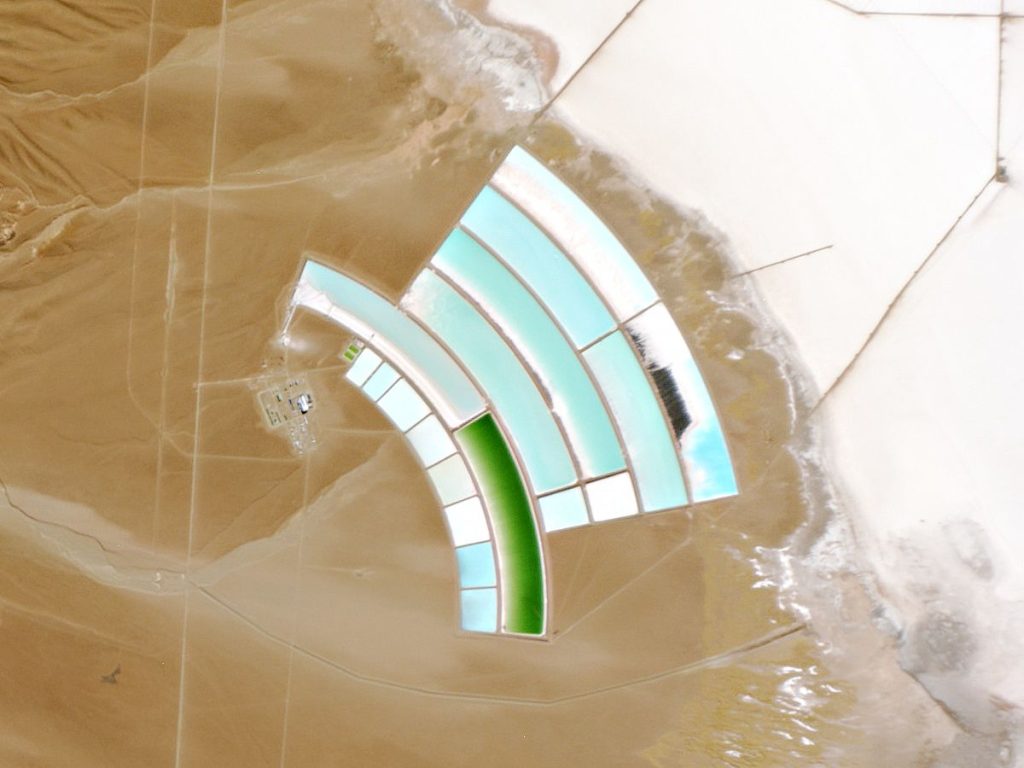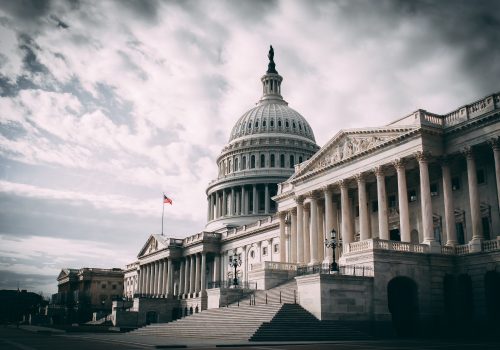The largest climate investment in US history is transforming clean energy value chains. But one year later, efforts to build capacity and resilience have proven longer and more complex than previously imagined.
The Inflation Reduction Act (IRA) endeavors to make the United States a clean technology powerhouse. To do so, it seeks to strengthen critical mineral supply chains–with an eye towards defusing the geopolitical risks posed by Chinese command over the midstream in particular–through incentives to onshore processing and manufacture electric vehicles (EVs) and their batteries in North America with minerals from US free trade partners.
The IRA’s critical mineral provisions are equally reflective of the need to de-concentrate clean energy supply chains as they are of broader skepticism of China within Washington. The IRA incentivizes partnerships with trusted countries–defined as those with a US free trade agreement (FTA)–whose minerals count towards the escalating domestic battery content requirement for EVs to qualify for one-half of the $7500 consumer tax credit.
Despite initial unease from partners left out in the cold by these provisions, the administration has found a solution to these concerns through the semantic flimsiness of what constitutes an FTA. A US-Japan minerals-only agreement was concluded last March, and negotiations continue between Washington and Brussels for a similar agreement to provide access to IRA incentives.
This “diet FTA” strategy, however, is not yet achieving the results needed to improve the resilience of mineral supply chains.
It was relatively easier work to conclude agreements with like-minded partners equally interested in de-risking mineral supply chains away from China. The more difficult task of engaging less like-minded but more mineral-rich nations is only beginning.
The Biden administration’s reluctance to promote new domestic mining activity while pursuing value-add industries in the mid- and downstream leaves heavy diplomatic lifting for the administration’s reshoring goals with upstream partners.
Profound increases in demand for essential clean technology minerals offer a generational economic opportunity for countries in the upstream. Resource-rich nations are eager to ensure the transition to a more minerals-intensive world does not simply entrench their extractive periphery status. Instead, they desire to grow the value-add potential of processing and manufacturing at home.
Indonesia’s late-2020 ban on raw nickel exports provides a model. The embargo compelled foreign firms to invest in processing to Indonesia, and is responsible for Indonesia’s burgeoning battery manufacturing industry.
Other mining nations are following suit. Within the last nine months, Zimbabwe and Namibia have both outlawed exports of raw lithium and other critical minerals.
Even among US FTA partners, disquiet is apparent. Mexico is ramping up efforts begun in April 2022 to nationalize lithium, while Chile’s new president announced moves to strengthen state involvement in the lithium sector last April.
A new paradigm is taking shape. Despite diplomatic wins with allies in Tokyo and Brussels–likewise destined be net-importers of minerals–the bulk of mineral production is found in developing world nations ambivalent about being enlisted in a minerals alliance that forces them to choose between China or the United States.
It is difficult to blame them–a Western-led response to the Belt and Road Initiative’s developing world investment strategy has yet to materialize.
In a supply-constrained clean energy value chain, mineral-producing nations are unlikely to jump into a US-led alternative purely based on concerns related to China. Ultimately, the success of the United States developing a ‘de-risked’ supply chain will hinge on the effective engagement of currently reticent partners in Jakarta, Buenos Aires, and other developing world capitals.
To achieve the legislation’s de-risking goals, an approach that engages mineral-producing countries as equals is needed. Doing so may require concessions from the United States to ensure that upstream nations can grow their domestic manufacturing, too.
To be fair, the IRA is just one piece of the Biden administration’s strategy to improve the capacity and resiliency of mineral supply chains. The Minerals Security Partnership (MSP), for example, leverages the United States’ political heft to engage partners to build sustainable and well governed supply chains for the energy transition.
As useful a starting point as the MSP and other multilateral initiatives are, supply chains follow the money. The IRA has proven a consequential tool in channeling US demand-side leverage to reshape mineral supply chains through robust tax incentives. In this, the IRA provides an interesting parallel—albeit demand-focused—response to Beijing’s vigorous foreign investment strategy. But more is needed, and new partnerships to de-risk the mineral supply chain will go nowhere without tangible economic benefits behind them.
To viably de-risk clean energy supply chains as the IRA intended to one year ago, the United States must form critical mineral partnerships with equity at their core. That process may be more challenging than even the incentives of the IRA alone can overcome.
Reed Blakemore is the director for research and programs at the Atlantic Council Global Energy Center
Paddy Ryan is an assistant director and the editor of EnergySource at the Atlantic Council Global Energy Center
Meet the authors
Related content
Learn more about the Global Energy Center

The Global Energy Center develops and promotes pragmatic and nonpartisan policy solutions designed to advance global energy security, enhance economic opportunity, and accelerate pathways to net-zero emissions.
Image: Salar de Olaroz Lithium Mine, Argentina, courtesy of Planet Labs (https://openverse.org/image/0c02e4c5-b3a0-4e3d-8760-11aae7747fff)







